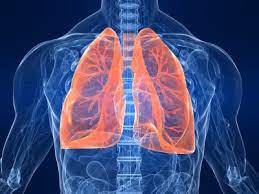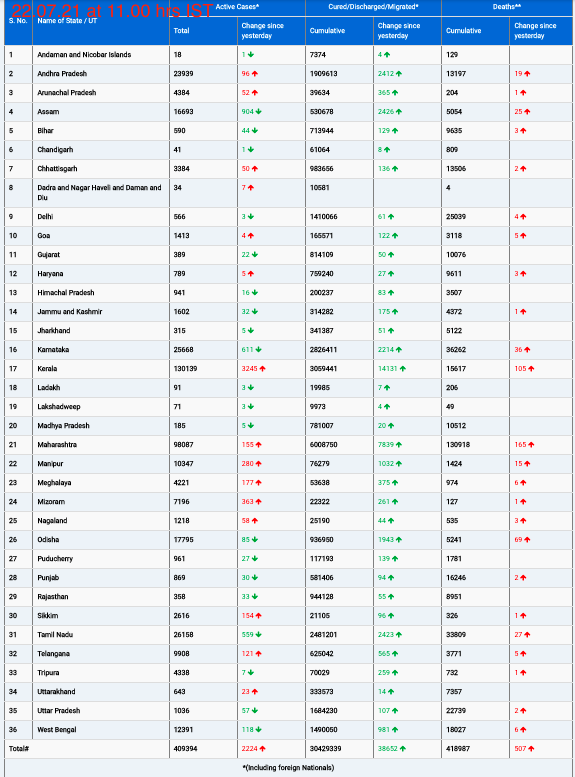On World Lung Day, observed every year on September 25th, medical experts are raising the alarm about an emerging health crisis: a significant increase in lung diseases, including lung cancer and chronic obstructive pulmonary disease (COPD), among non-smokers. While smoking has long been the primary culprit in respiratory illnesses, recent trends show that non-smokers are also increasingly affected due to passive smoking and air pollution.
According to Dr. Sunil Kumar K, Lead Consultant in Interventional Pulmonology at Aster CMI Hospital, Bengaluru, “Lung diseases are no longer confined to smokers alone. A notable rise in cases among non-smokers can be attributed to second-hand smoke and air pollution, which are now recognized as significant risk factors for lung disease.”
The Hidden Dangers of Second-hand and Third-hand Smoke
Dr. Kumar emphasized the detrimental impact of passive smoking on lung health. “Breathing in smoke from nearby smokers or lingering smoke indoors can be just as harmful as smoking directly. Over time, exposure to microscopic pollutants in the air can cause cell damage and inflammation, eventually leading to serious conditions such as cancer,” he said.
Even more concerning is the risk posed by third-hand smoke, the toxic residue left on surfaces after smoke dissipates. This residue can linger on clothing, furniture, and even walls, and can harm children and pets who come into contact with it.
Air Pollution and Climate Change: Silent Killers
The World Health Organization (WHO) reports that 99% of the global population breathes unhealthy air. Climate change is a major driver of worsening air quality, leading to the accumulation of pollutants that can severely damage lung tissue over time.
“Chronic exposure to polluted air not only harms lung tissue but also weakens the immune system’s defense mechanisms. As a result, individuals who have never smoked are at a heightened risk of developing lung diseases,” Dr. Kumar added.
Other Risk Factors for Lung Diseases in Non-Smokers
Dr. Kuldeep Kumar Grover, Head of Critical Care and Pulmonology at CK Birla Hospital, Gurugram, explained that childhood respiratory infections can have long-term effects, increasing susceptibility to lung diseases in adulthood. “Repeated infections during childhood can lead to bronchiectasis, a condition where the airways are permanently damaged, or cystic problems that destroy lung function,” said Dr. Grover.
Moreover, occupational hazards are a significant contributor to lung diseases in non-smokers. People working in industries such as mining or construction are continuously exposed to carcinogens, dust, and smoke, putting them at heightened risk for lung problems.
Lifestyle factors, including obesity and lack of physical activity, can further reduce lung function and make individuals more vulnerable to respiratory diseases, Grover added.
Call for Cleaner Air and Smoke-Free Spaces
While smoking remains a well-established risk factor for lung diseases, experts stress that it is not enough to simply avoid cigarettes. “We need cleaner air, smoke-free environments, and greater awareness of the hidden dangers that surround us,” said Dr. Kumar.
On World Lung Day, the message is clear: everyone—smoker and non-smoker alike—must take action to protect their lung health. Advocating for cleaner air, limiting exposure to second-hand smoke, and adopting healthy lifestyles are crucial steps toward reducing the global burden of respiratory diseases.












